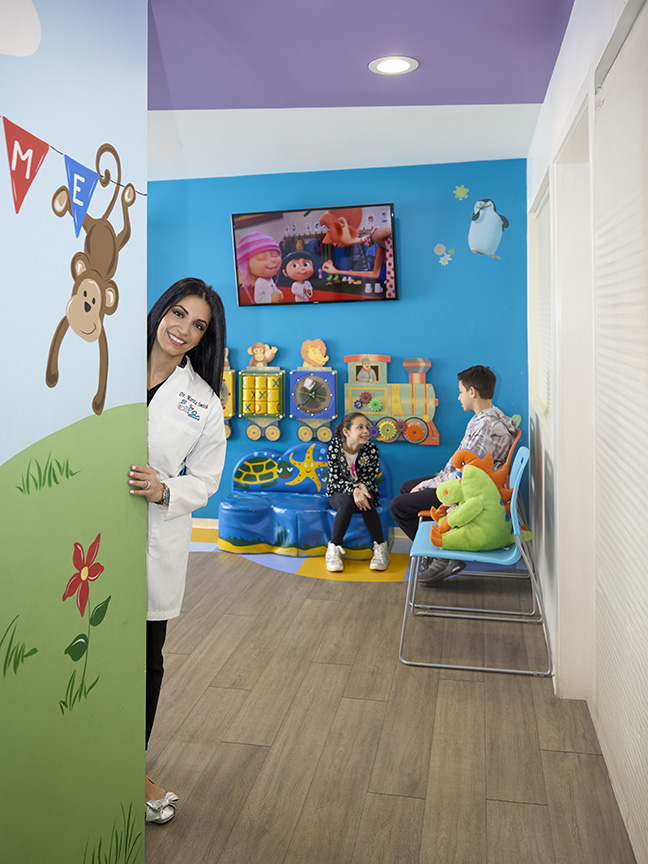
Are Telehealth Services the Future of Medicine?
COVID-19 has transformed the doctor’s appointment—but are telehealth services here for the long-haul?
Get kid-friendly activities sent to you!
Get the Best Kid-Friendly Activities
Sent to You Weekly!
How Healthcare Facilities are Keeping You Safe
If you indeed need to see a doctor face to face, there are ways that doctor’s offices can keep you safe from COVID-19. In addition to limiting your own risks by wearing a mask, maintaining social distance, and using hand sanitizer, doctor’s offices are limiting the number of people allowed in an office at once by spreading out appointments, asking patients to wait in their car or outside rather than in waiting rooms, and increasing cleaning and disinfecting routines between patients.
At Crystal Run, Dr. Remenar explains, there are two areas: the sick site and the well site. Each patient is asked about their symptoms the day before their appointment, before they arrive, and when walking into the office so they can be placed into the appropriate site. They also sanitize the entire office every night and each examining room is cleaned in between patients.
The Response to Telemedicine
Like any new technology, there has been a strong response from both parents and doctors based on their experiences. Telemedicine allows doctor’s appointments to be more accessible, convenient, and even cheaper—especially if you factor in missing work and paying for parking and gas. In some cases, a telehealth visit can even be a more comprehensive look at the patient than an in-person one may be.
“A teenager can go up into their own room and not worry about the parents standing outside of the waiting room. When they’re at home in their own room, it’s much more comfortable and they’re able to open up and talk to me a lot longer and more openly in their own environment.” Dr. Remenar says. “With a toddler in their own environment, it’s definitely much easier. I don’t have to get over them crying when I’m locking the door and I don’t have to sing ‘The Wheels on the Bus’.”
There are of course unavoidable difficulties to overcome as well, such as poor connections, difficulty hearing or seeing a patient, and the lack of intimacy between doctor and patient. In February, GetApp, a business apps discovery platform, surveyed nearly 1,000 people and found that 84-percent of patients are more likely to select a medical provider who offers telemedicine over one who does not. More than half of patients said they prefer to seek care via telemedicine for cold-like symptoms.
“My daughter and I were reluctant to use Telehealth for an eye issue. In the end, the ophthalmologist provided a different diagnosis than we expected along with a very useful treatment,” says Bonnie Parente, a Long Island mother of two. “We were pleasantly surprised and would use it again.”
While telemedicine will likely continue to be valuable throughout the pandemic and long after it passes, Dr. Remenar reminds us of its limitations. “It is true that in telehealth you don’t get real hugs, so I don’t think [telehealth] will ever replace the in-person visits from our patients.”









